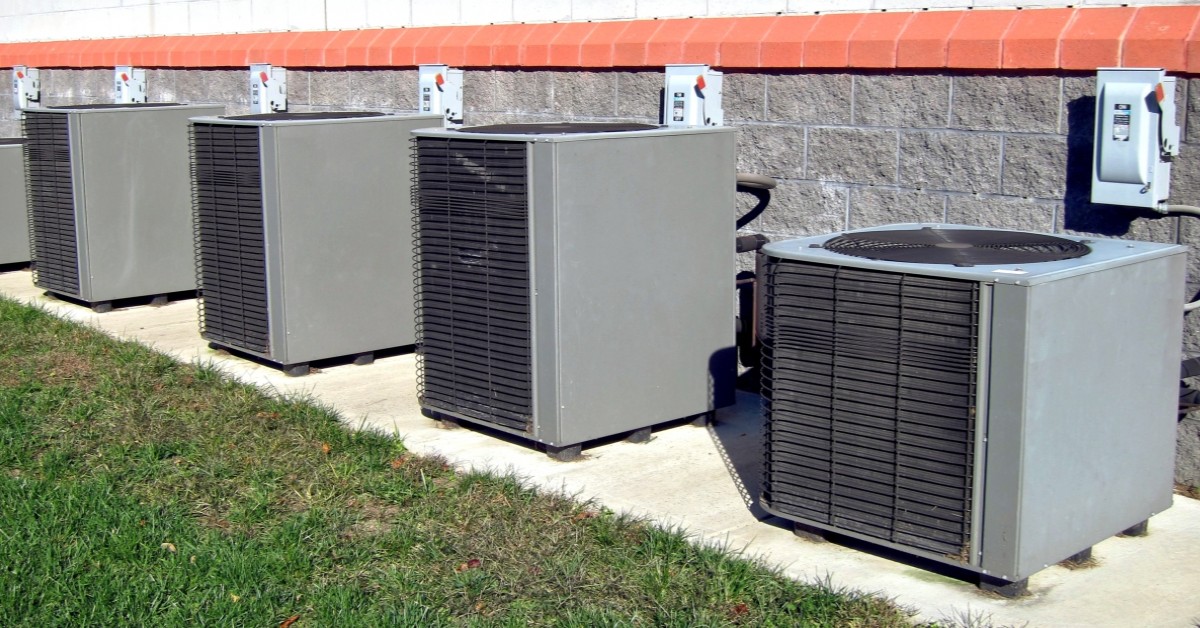

Articles
Where Is Water Heater Located
Modified: October 20, 2024
Discover the answer to "where is water heater located" in this informative article. Learn about the common placements and factors to consider.
(Many of the links in this article redirect to a specific reviewed product. Your purchase of these products through affiliate links helps to generate commission for Storables.com, at no extra cost. Learn more)
Introduction
A water heater is an essential appliance in any home, providing hot water for various activities like showering, washing dishes, and doing laundry. While it’s easy to take hot water for granted, it’s important to know where your water heater is located in case of repairs or maintenance. Understanding the location of your water heater not only helps with troubleshooting but also ensures your safety, as it involves dealing with electrical or gas connections.
In this article, we will explore the different common locations where water heaters are typically found in residential settings. From basements to attics, garages to outdoor spaces, and even apartments, we will cover it all. So, let’s dive in and discover where your water heater might be hiding!
Key Takeaways:
- Understanding the location of your water heater is crucial for easy access, maintenance, and safety. Whether it’s in the basement, attic, garage, or outdoors, knowing its location empowers you to handle unexpected situations effectively.
- Each water heater location comes with its own considerations, from insulation to ventilation, accessibility, and safety. By considering these factors, you can ensure the longevity and optimal performance of your water heating system.
Read more: Where Is A Water Pump Located
Importance of Knowing the Location
Knowing the location of your water heater is crucial for several reasons. Firstly, it allows you to easily access and inspect the unit for any signs of damage or malfunction. Regular maintenance is essential to ensure the proper functioning of your water heater and to prevent potential issues that could lead to costly repairs or even replacement.
Secondly, in case of an emergency, such as a leak or a sudden loss of hot water, knowing the location of your water heater enables you to quickly shut off the appropriate valves or disconnect the power supply. This can help mitigate any potential damage to your property and ensure the safety of everyone in your household.
Furthermore, being aware of the location is important if you ever need to hire a professional plumber or technician for repairs or installations. Providing them with accurate information regarding the placement of your water heater will help them come prepared with the necessary tools and equipment, saving time and ensuring a more efficient service.
Overall, knowing the location of your water heater not only facilitates routine maintenance but also empowers you to handle unexpected situations effectively, ensuring the longevity and performance of your appliance.
Common Locations for Water Heaters
Water heaters can be found in various locations depending on the type of property and the layout of your home. Let’s explore some of the most common locations where water heaters are typically installed:
In-Basement Water Heater Location
One of the most popular locations for water heaters is in the basement. This placement is often preferred as it keeps the appliance out of the way and maximizes the available space in other areas of the house. In basements, water heaters are typically found near a floor drain or a utility sink.
In-Attic Water Heater Location
In some homes, water heaters are located in the attic. This is common in houses with limited basement space or when the attic provides convenient access to plumbing lines. However, attic installations can present challenges when it comes to maintenance and repairs, as the unit is harder to reach and may require additional safety measures.
Read more: Where Is The Water Pump Located In A Car
Under-Sink Water Heater Location
Under-sink water heaters are compact units that are installed directly under a sink or in a cabinet. These are commonly used in kitchens or bathrooms where hot water is needed at specific locations, such as for a dishwasher or a small handwashing sink. Under-sink water heaters are convenient and save energy by eliminating the need to run hot water from a distant main water heater.
In-Garage Water Heater Location
Water heaters can also be found in garages, especially in homes where the garage is attached to the main living area. Garage installations are common in areas with milder climates where freezing temperatures are not a concern. However, it’s important to protect the water heater from potential damage caused by extreme temperature fluctuations.
Outdoor Water Heater Location
In warmer regions or homes with outdoor space, water heaters can be placed outside. This type of installation is often seen in residences with a utility room or dedicated area for housing water heaters and other mechanical equipment. Outdoor installations require weather protection, insulation, and proper ventilation.
Apartment Water Heater Location
In apartment buildings, water heaters are typically located in a central utility room or a mechanical room that serves multiple units. These larger water heaters are designed to meet the hot water demands of multiple apartments simultaneously. In some cases, each individual unit may have its own smaller water heater installed within the unit.
When it comes to the location of your water heater, it’s important to remember that every home is unique, and the placement may vary. It’s always a good idea to consult your home’s original plans or reach out to a professional if you’re unsure.
Read more: Where Is The Façade Located
In-Basement Water Heater Location
One of the most common locations for a water heater in residential homes is in the basement. The basement provides an ideal space to house the water heater as it keeps it out of the way and allows for easy access to the necessary plumbing connections.
When locating a water heater in the basement, there are a few key considerations to keep in mind. Firstly, it’s important to ensure that the water heater is positioned near a floor drain or a utility sink. This is because, in the event of any leaks or drips, the water will have a clear path to drain away, preventing any potential water damage to the basement flooring or walls.
Additionally, locating the water heater near a utility sink or a drain makes it convenient for routine maintenance tasks. This includes tasks such as flushing the tank to remove sediment buildup or connecting a hose for easy draining during maintenance or repairs.
When installing a water heater in the basement, it’s essential to ensure proper ventilation. If your basement is not naturally well-ventilated, you may need to install a venting system or provide an exhaust pipe to safely remove any combustion fumes generated by gas water heaters.
Another important consideration is to provide adequate clearance around the water heater. The manufacturer’s guidelines will specify the required clearance for the specific model you have. This is to ensure proper airflow and to prevent any fire hazards.
Lastly, it’s essential to consider accessibility when locating the water heater in the basement. You want to ensure that it is easily reachable for routine maintenance and repairs. Avoid placing the water heater in a corner or behind any obstacles, as this can make it challenging to work on the unit or access the controls.
Overall, the basement is a popular location for a water heater due to its convenience and practicality. By considering factors such as drainage, ventilation, clearance, and accessibility, you can ensure the smooth operation and longevity of your water heating system.
In-Attic Water Heater Location
In some homes, water heaters are located in the attic. This placement is often chosen when there is limited space in the basement or when the attic provides easy access to plumbing lines.
While installing a water heater in the attic may seem convenient, there are a few important considerations to keep in mind. First and foremost, attic installations can present challenges when it comes to maintenance and repairs. The water heater being in a harder-to-reach area can make it more difficult to perform routine maintenance tasks or address any issues that may arise.
When installing a water heater in the attic, it’s crucial to ensure proper support and reinforcement. Water heaters are heavy appliances, and the attic floor must be able to support the weight of the unit, as well as the added weight of water when the tank is filled. Consult a professional or a structural engineer to determine if any additional support is needed.
Insulation is another vital consideration. Attics can be subject to extreme temperatures, especially in regions with harsh climates. It’s important to insulate the area around the water heater to prevent excessive heat loss in the winter and to protect it from extreme heat during the summer. This insulation helps the water heater operate efficiently and can prolong its lifespan.
Proper ventilation is essential in attic installations, especially for gas water heaters. Adequate airflow helps remove any combustion byproducts, such as carbon monoxide, to ensure safe operation. Consult local building codes and follow the manufacturer’s guidelines to determine the appropriate ventilation requirements for your specific water heater model.
Since the attic is typically an unfinished or partially finished space, it’s crucial to protect the water heater from potential damage caused by leaking or dripping pipes. Ensure that the plumbing connections are secure and properly insulated to prevent any water damage to the attic structure.
Lastly, accessibility is a significant consideration for attic water heater locations. Make sure there is sufficient space to access the unit for maintenance and repairs. It may be helpful to install a sturdy platform or catwalk to provide a safe and stable area to stand when working on the water heater.
When installing a water heater in the attic, it’s important to take these factors into account to ensure safe and efficient operation. Regular inspection and maintenance are essential to identify any potential issues early on and to address them promptly.
Under-Sink Water Heater Location
An under-sink water heater is a compact unit that is installed directly beneath a sink or in a cabinet. This type of water heater is commonly used in kitchens or bathrooms where hot water is needed at specific locations, such as for a dishwasher or a small handwashing sink.
One of the main benefits of an under-sink water heater is its convenience. By installing the water heater directly under the sink, hot water is readily available without having to wait for it to travel from the main water heater, which may be located farther away. This can help conserve water and energy, as hot water is instantly accessible.
The installation process for an under-sink water heater is relatively straightforward. The unit is compact and can easily fit within the cabinet space beneath the sink. It typically requires a water supply line and a power source, such as an electrical outlet. However, it’s important to ensure that the cabinet has proper ventilation to prevent heat buildup and to allow for proper airflow.
When choosing the location of the under-sink water heater, it’s essential to consider accessibility for maintenance and repairs. Make sure there is enough space around the unit to easily access the controls and connections. This will make it easier to perform routine maintenance, such as flushing the tank or replacing any worn-out components.
Proper insulation is another important consideration. Since the water heater is located in close proximity to plumbing fixtures, it’s crucial to insulate the hot water pipes to minimize heat loss and to prevent damage from excessively hot surfaces. Insulating the pipes can also help conserve energy by reducing the amount of heat that’s lost during the delivery of hot water.
When it comes to under-sink water heater installations, safety is paramount. Ensure that the unit is securely mounted to prevent any accidental tipping or movement. Additionally, ensure that the electrical connections are properly grounded and that there are no leaks or dripping water that could potentially cause damage or pose a safety hazard.
Overall, under-sink water heaters offer a convenient solution for localized hot water needs. By carefully selecting the location, ensuring proper ventilation and insulation, and prioritizing safety, you can enjoy the benefits of instant hot water at specific sinks in your home.
In-Garage Water Heater Location
Water heaters located in the garage are a common sight in many homes, especially in areas with milder climates. The garage provides ample space for housing the water heater while keeping it accessible and relatively separate from the main living areas.
When locating a water heater in the garage, there are a few important considerations to keep in mind. First and foremost, it’s crucial to protect the water heater from extreme temperature fluctuations. Garages can be subject to drastic temperature changes, especially in regions with hot summers or cold winters. Insulating the garage walls and ceiling can help regulate the temperature and prevent excessive heat loss or freezing.
Proper ventilation is essential when installing a water heater in the garage. Gas water heaters require adequate airflow to safely channel out any combustion byproducts, such as carbon monoxide. It’s important to consult local building codes and follow the manufacturer’s guidelines to determine the appropriate ventilation requirements for your specific water heater model.
While the garage may seem like an ideal location for a water heater, it’s important to be cautious of potential hazards. Many garages are used for storage, and it’s crucial to ensure that the water heater is not obstructed or surrounded by flammable materials. Clear any clutter and provide enough clearance around the unit to ensure proper airflow and to facilitate maintenance and repairs.
Accessibility is another key consideration. The water heater should be easily reachable for routine maintenance tasks, such as flushing the tank or inspecting the pressure relief valve. Ensure that there is enough space to maneuver and work around the unit comfortably.
When it comes to electrical connections, it’s important to follow proper wiring and grounding procedures to ensure safe operation. It’s recommended to consult a professional electrician to handle the electrical installation, especially for larger electric water heaters.
Lastly, consider protecting the water heater from potential accidental damage. Since the garage may be a high-traffic area with vehicles and other equipment, it’s important to safeguard the water heater from any potential impacts. Consider installing a protective barrier or platform to provide additional stability and prevent any accidental damage.
By taking these factors into account and ensuring proper insulation, ventilation, accessibility, and safety precautions, locating a water heater in the garage can be a practical and efficient choice for many homeowners.
Read more: Where Is Drain Valve On Water Heater
Outdoor Water Heater Location
For homes in warmer climates or those with dedicated outdoor spaces, installing a water heater outdoors can be a practical option. Outdoor water heaters are typically found in residences with utility rooms or designated areas for housing mechanical equipment.
When choosing an outdoor water heater location, it’s crucial to consider weather protection. Extreme weather conditions, such as heat, cold, rain, or snow, can impact the performance and lifespan of the water heater. To protect the unit from the elements, it’s recommended to install it in a covered area, such as a shed or an enclosure, to shield it from direct exposure to the weather.
Proper insulation is important when installing an outdoor water heater. Insulating the water lines and the unit itself can help prevent heat loss and protect against freezing temperatures during colder months. Insulation sleeves or pipe wraps can be used to insulate the pipes, and a water heater blanket can be used to insulate the unit itself.
Since outdoor installations are exposed to the elements, it’s crucial to ensure proper ventilation. Adequate airflow is important, especially for gas water heaters, to safely exhaust any combustion byproducts, such as carbon monoxide. Follow local building codes and adhere to the manufacturer’s guidelines to determine the appropriate ventilation requirements for your specific water heater model.
Accessibility is another important factor when locating an outdoor water heater. Ensure that there is enough space around the unit to easily access it for maintenance, repairs, or routine tasks like draining the tank or inspecting the pressure relief valve. Providing a clear and open area around the water heater will also help with ventilation and proper airflow.
When installing an outdoor water heater, it’s important to pay attention to electrical connections and safety measures. Consult a professional electrician to handle the electrical installation, especially for electric water heaters, to ensure proper wiring, grounding, and adherence to local codes and safety standards.
Lastly, take into consideration the overall security and protection of the water heater. Depending on the location, it may be beneficial to install a lockable enclosure or implement additional security measures to prevent unauthorized access or tampering.
By considering weather protection, insulation, ventilation, accessibility, and safety precautions, locating a water heater outdoors can provide convenience and free up space indoors, particularly in warmer climates or homes with dedicated outdoor areas.
The water heater is typically located in the basement, garage, or utility closet. Look for a large metal cylinder with pipes connected to it. If you can’t find it, check your home’s blueprint or ask the previous owner.
Apartment Water Heater Location
In apartment buildings, water heaters are typically located in a central utility room or mechanical room that serves multiple units. These larger water heaters are designed to meet the hot water demands of multiple apartments simultaneously.
The location of the water heater in an apartment building is carefully planned to ensure accessibility, efficiency, and the ability to serve all the units efficiently. The utility room or mechanical room is often located on the ground floor or a designated area within the building, making it easily accessible for maintenance and repairs.
In some cases, each individual unit may have its own smaller water heater installed within the unit. These units are typically compact and designed to fit in a closet or a dedicated space, such as a utility closet or a bathroom.
When it comes to apartment water heater installations, safety is of utmost importance. The water heaters and the associated plumbing systems must be properly maintained to prevent any leaks, which could cause water damage to multiple units. Regular inspections and maintenance by qualified professionals are essential to ensure the safety and proper functioning of the water heating system in an apartment building.
Additionally, apartment water heaters must comply with local building codes and safety standards. This includes proper ventilation to ensure the safe exhaust of any combustion byproducts, as well as adherence to electrical regulations for electric water heaters.
In apartment buildings, where multiple units share a water heater, it’s important to consider the distribution of hot water. The plumbing system should be designed and maintained to ensure that all units receive an adequate supply of hot water, especially during peak usage times.
To further improve energy efficiency and reduce heat loss, insulation around the pipes and water heater should be considered. Insulating the hot water pipes can help minimize heat loss and reduce energy consumption, ensuring more efficient operation of the water heating system.
Overall, the location of water heaters in apartment buildings is carefully planned to meet the needs of multiple units while prioritizing efficiency, accessibility, and safety. Regular maintenance and adherence to building codes are essential to ensure the safe and reliable delivery of hot water to all residents.
Conclusion
Knowing the location of your water heater is essential for maintenance, troubleshooting, and safety purposes. Water heaters can be found in various common locations, depending on the type of property and its layout.
In basements, water heaters provide easy access and typically have nearby floor drains or utility sinks for drainage. Attics can be a convenient location, but careful consideration must be given to insulation, ventilation, and accessibility. Under-sink water heaters are compact units installed directly beneath a sink, providing instant hot water without the need for long-distance travel. Garage installations are common in homes with milder climates, but protection from extreme temperatures and proper ventilation are important factors to consider.
Outdoor water heaters are optimal for homes in warmer climates or those with dedicated outdoor spaces. Weather protection, insulation, and ventilation are key considerations for outdoor installations. In apartment buildings, water heaters are usually located in central utility rooms or mechanical rooms to serve multiple units efficiently. Safety, accessibility, and compliance with building codes are crucial in apartment water heater installations.
In conclusion, the location of your water heater affects its accessibility, maintenance, and performance. By understanding the common locations and considering factors such as weather protection, insulation, ventilation, accessibility, and safety, you can ensure the longevity and optimal functioning of your water heating system.
Remember to schedule regular maintenance, follow manufacturer’s guidelines, and consult professionals when needed. By staying informed and taking proper care of your water heater, you can enjoy a consistent supply of hot water for years to come.
Frequently Asked Questions about Where Is Water Heater Located
Was this page helpful?
At Storables.com, we guarantee accurate and reliable information. Our content, validated by Expert Board Contributors, is crafted following stringent Editorial Policies. We're committed to providing you with well-researched, expert-backed insights for all your informational needs.
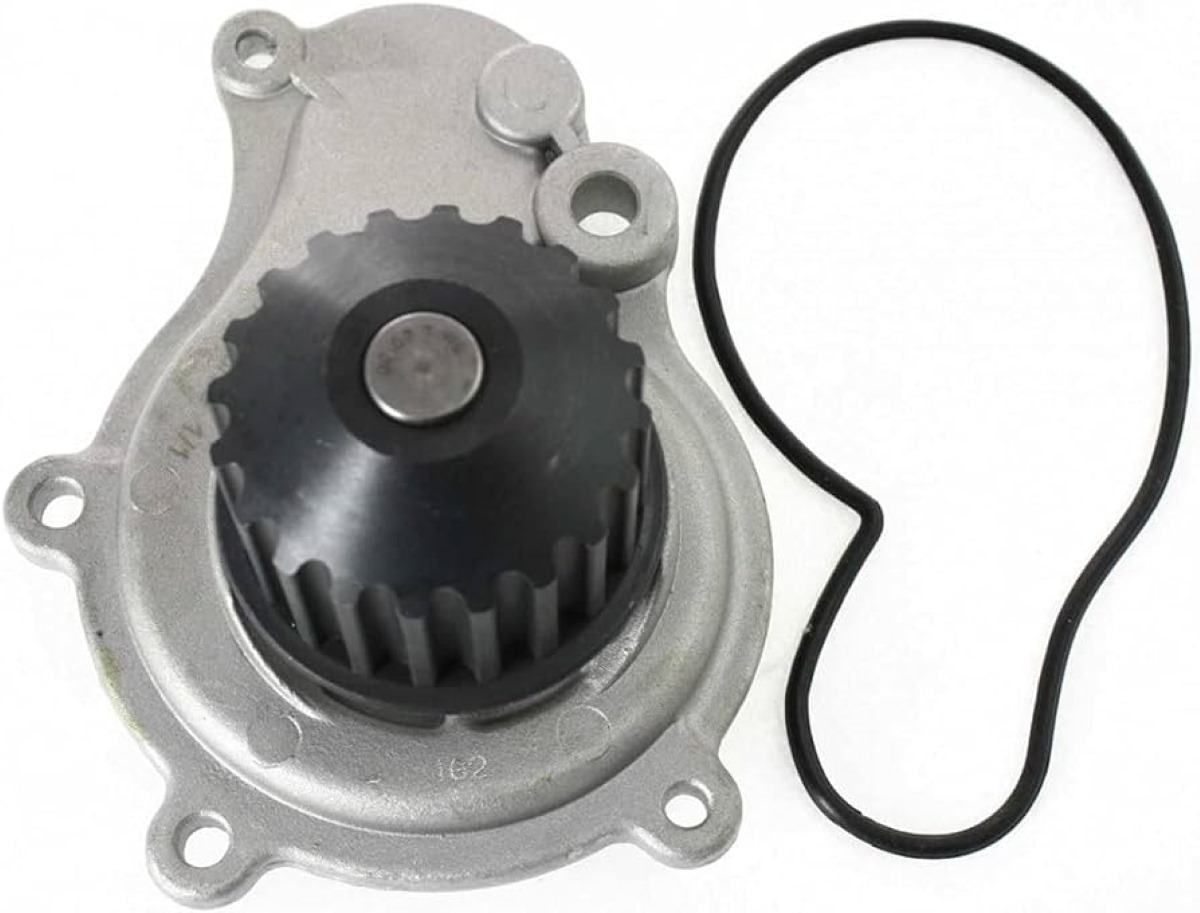
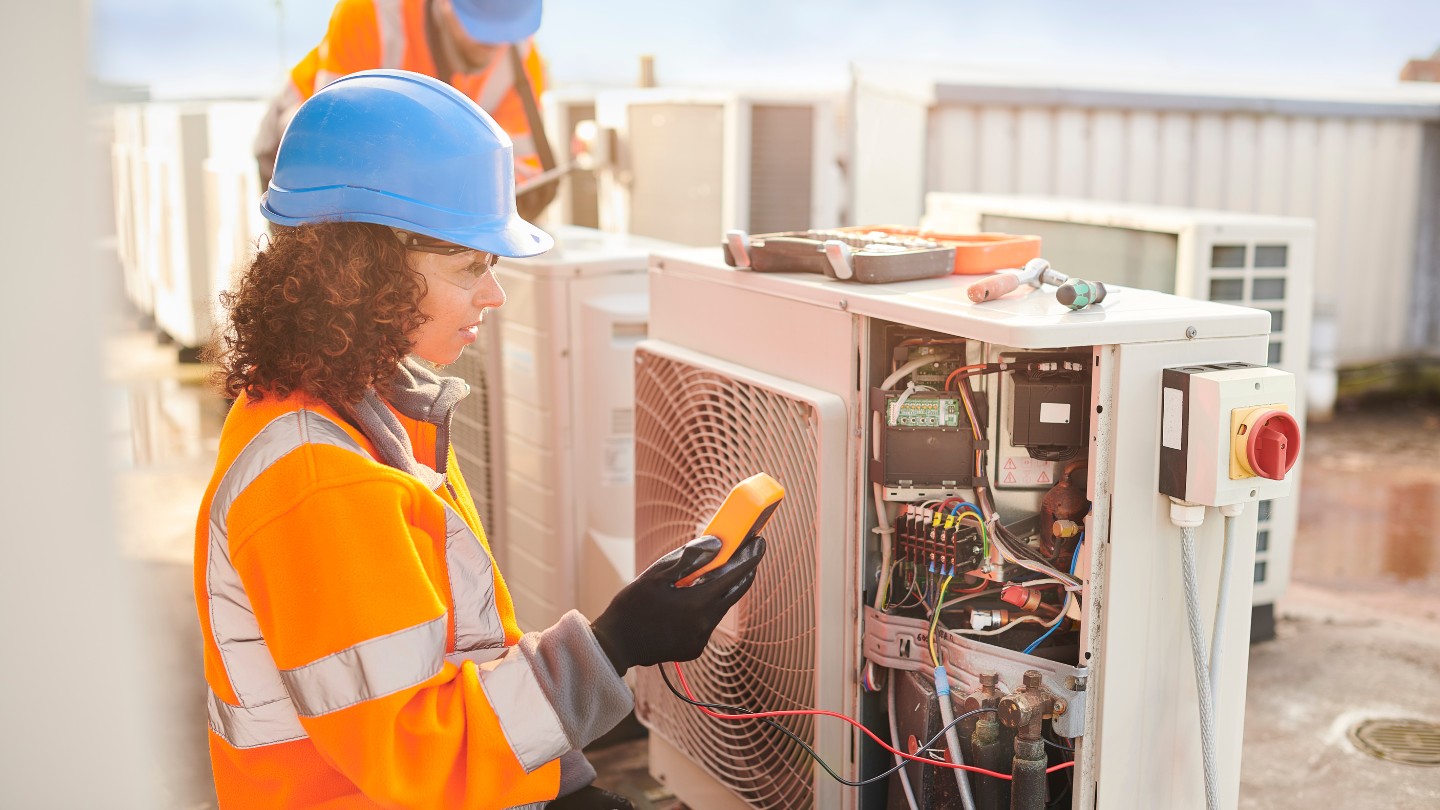
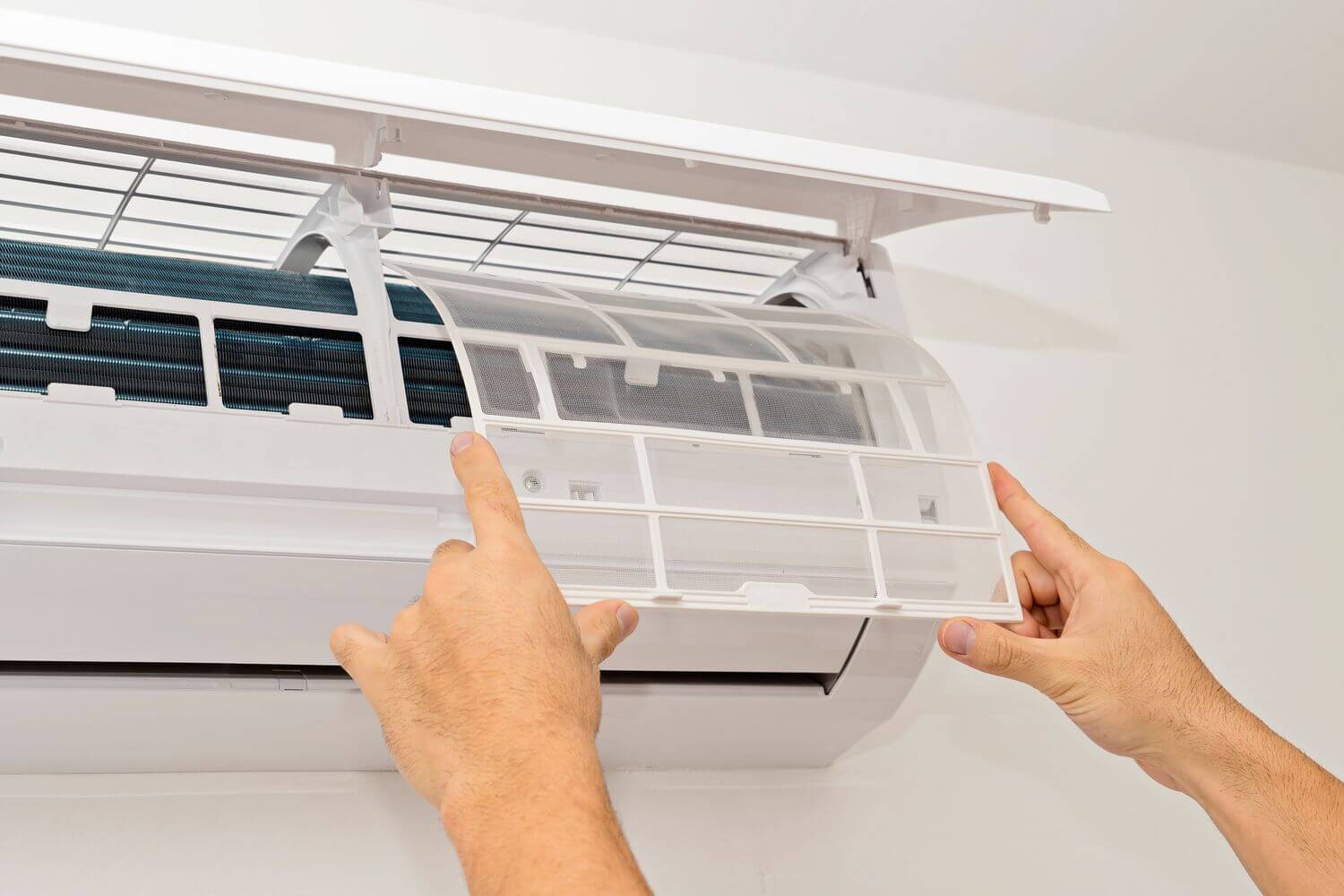

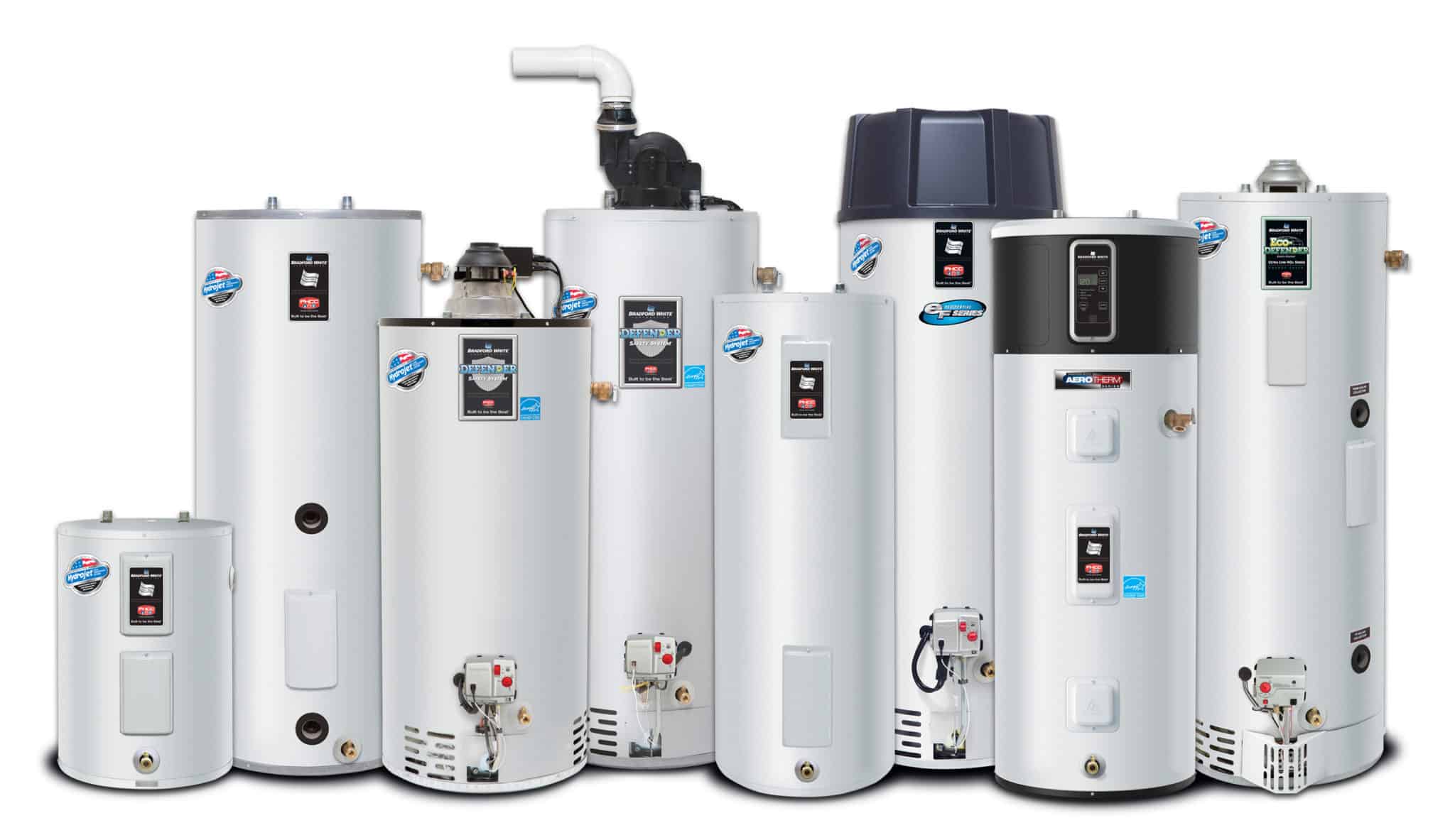
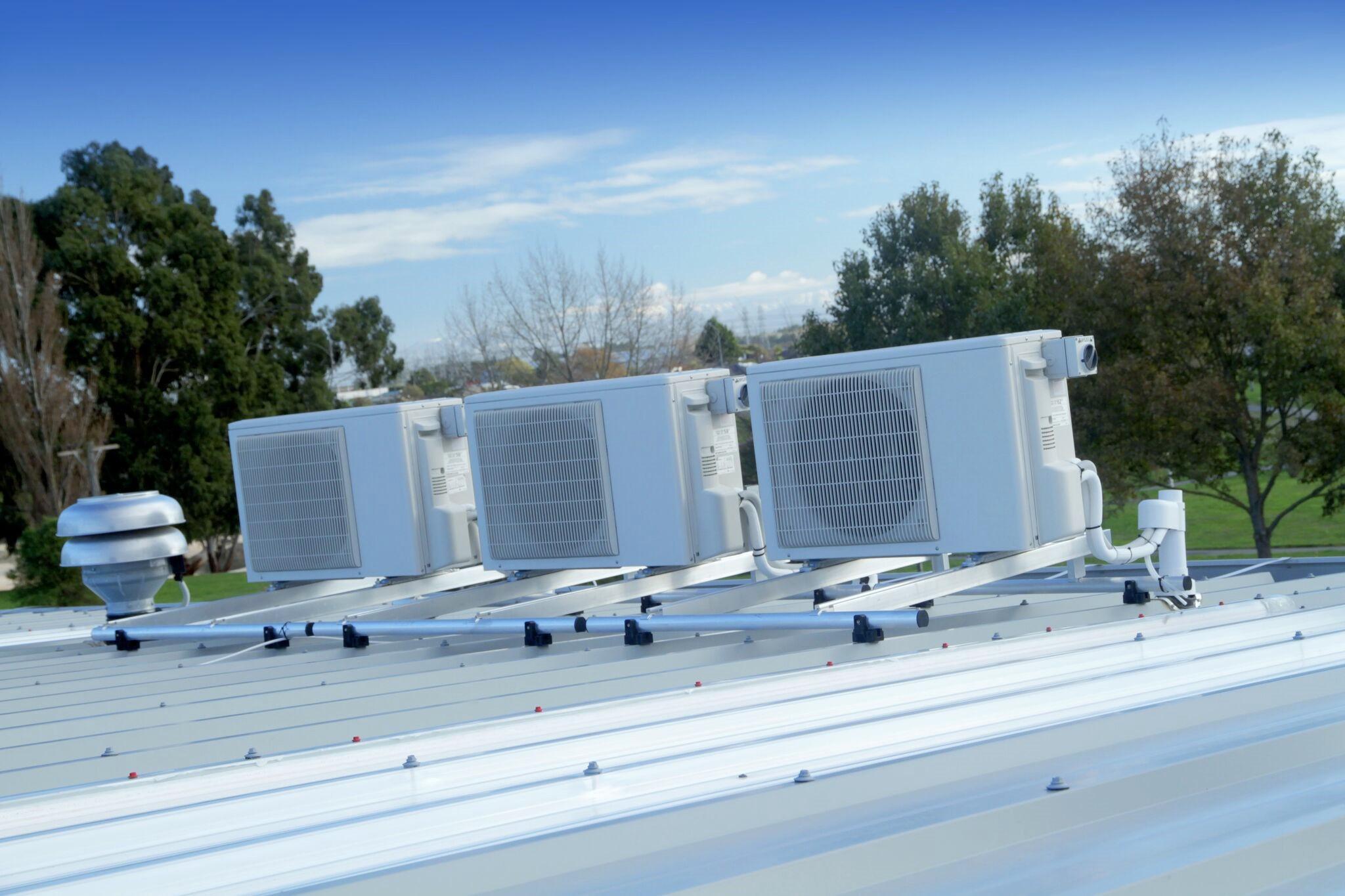
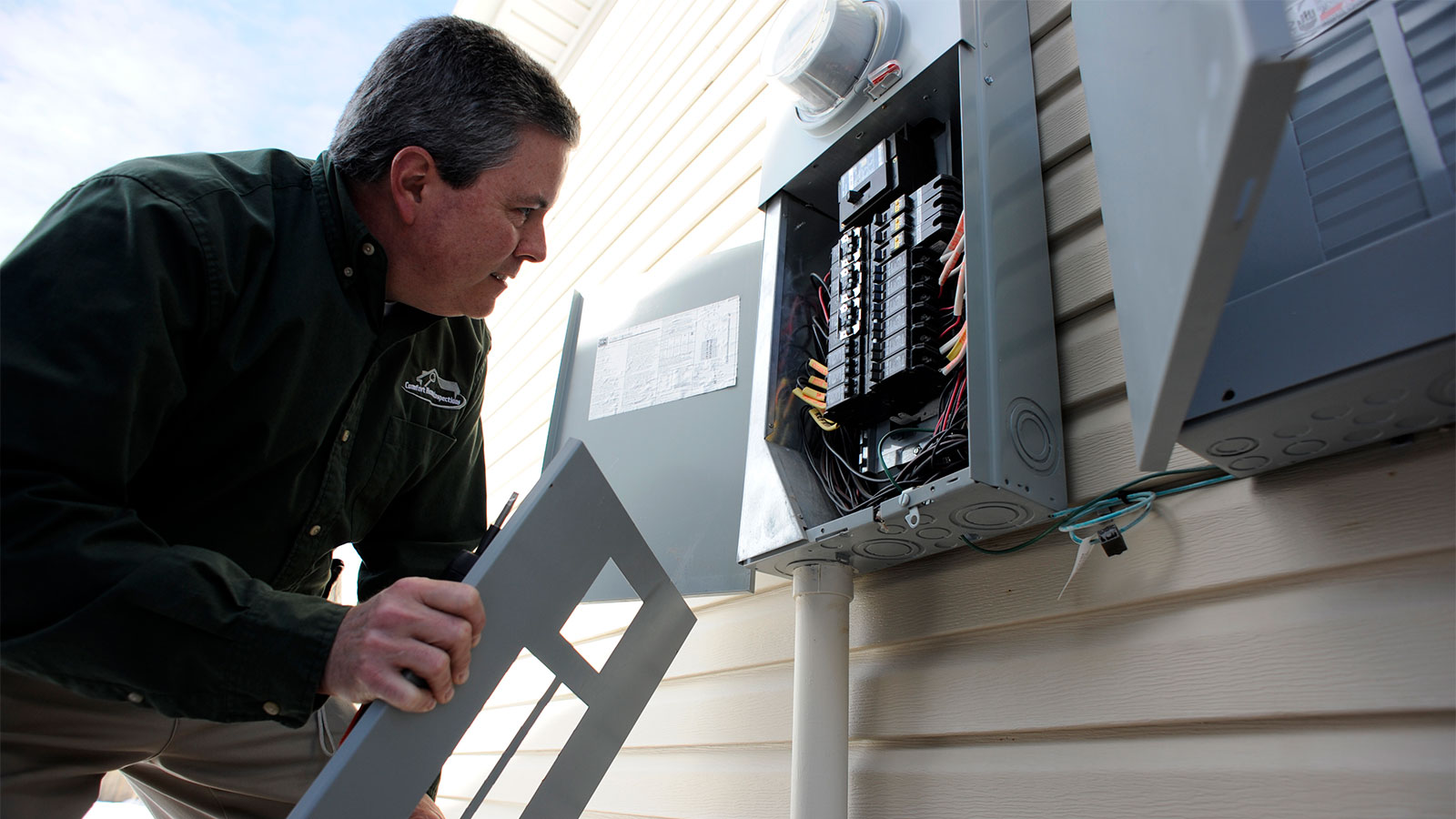
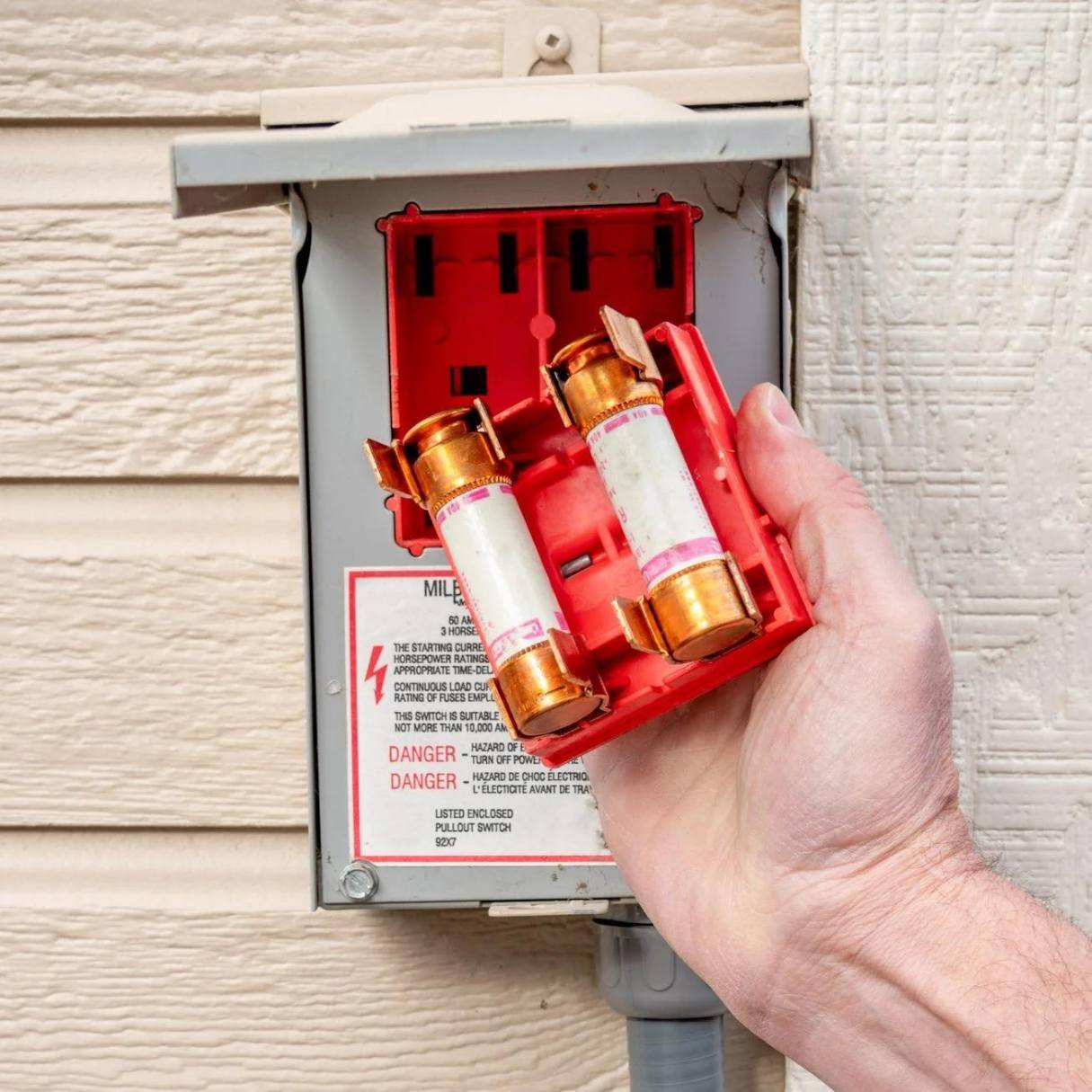
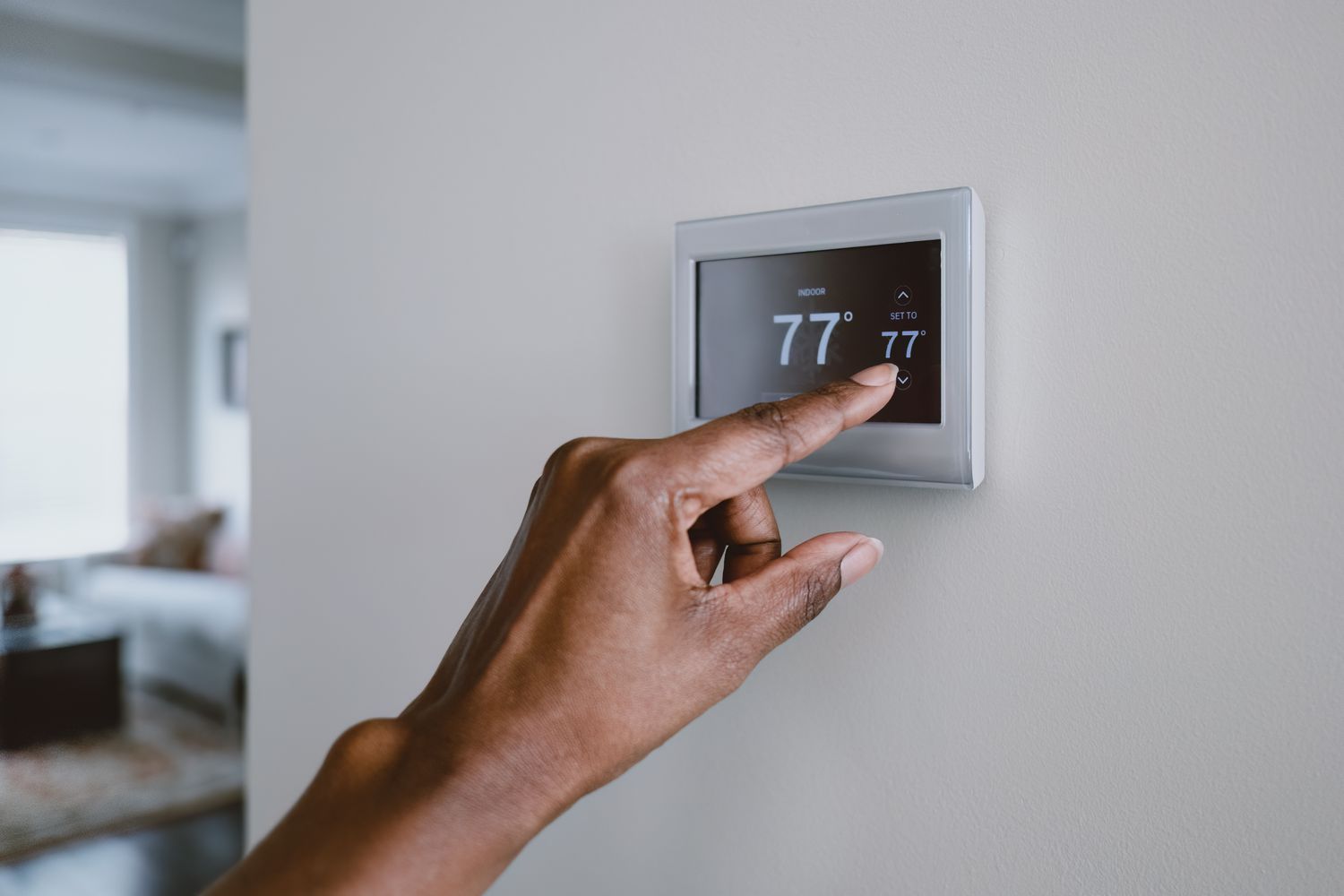
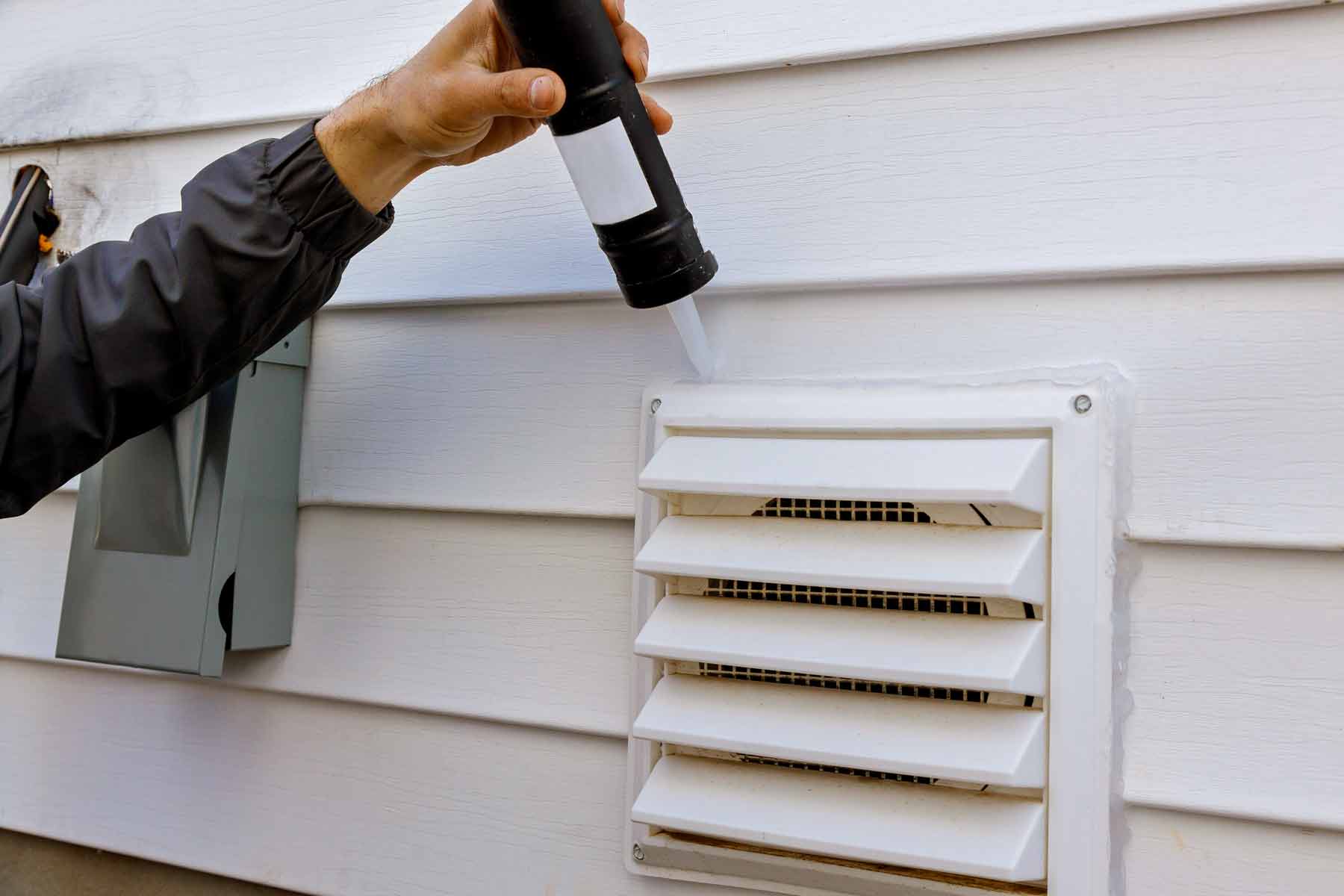
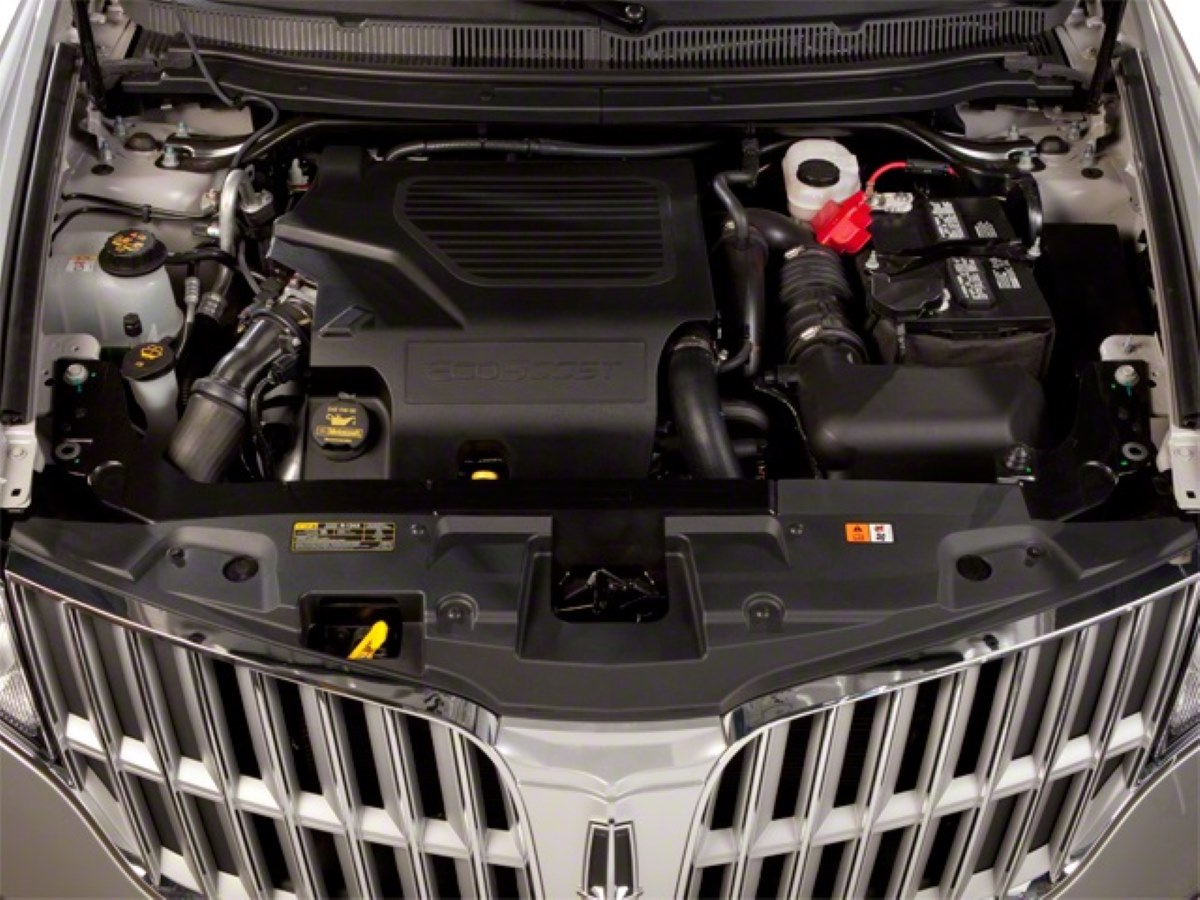
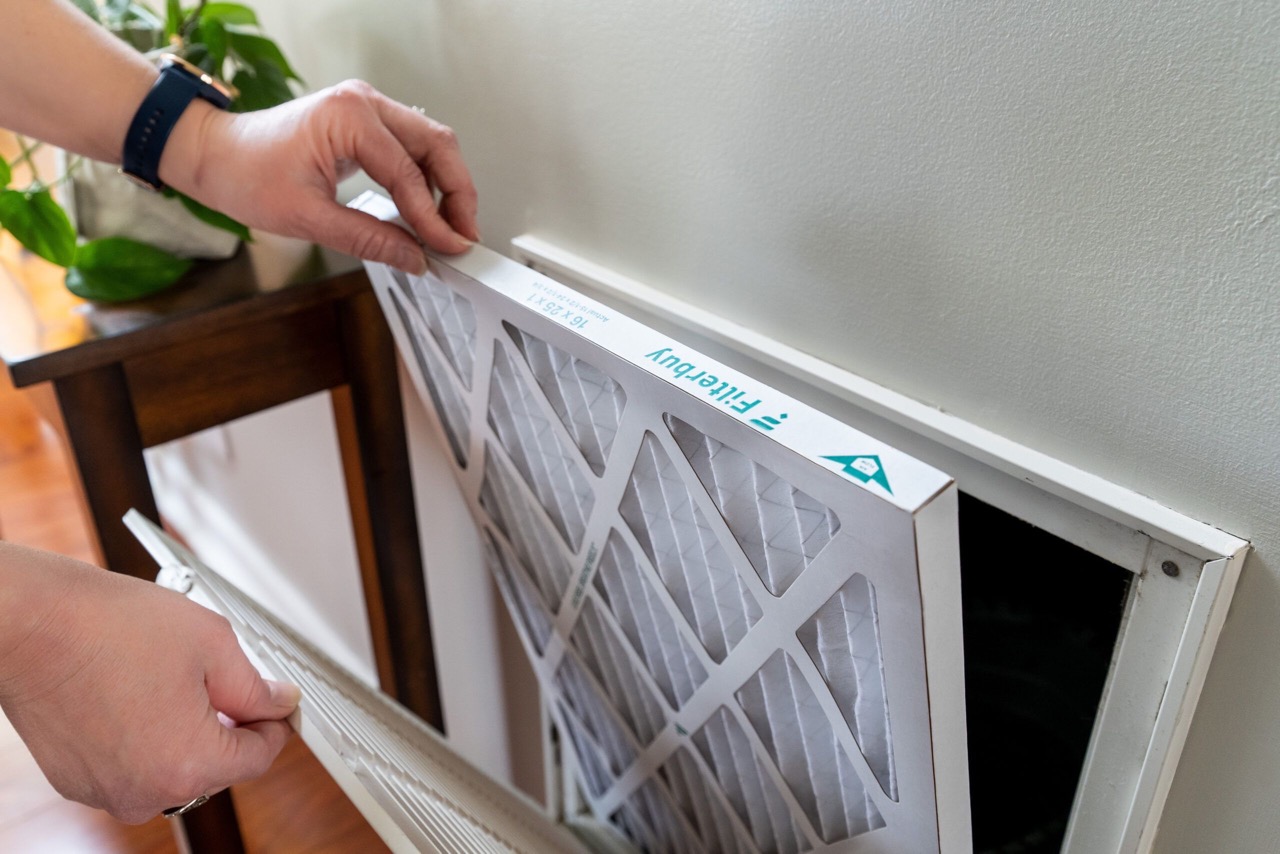

0 thoughts on “Where Is Water Heater Located”